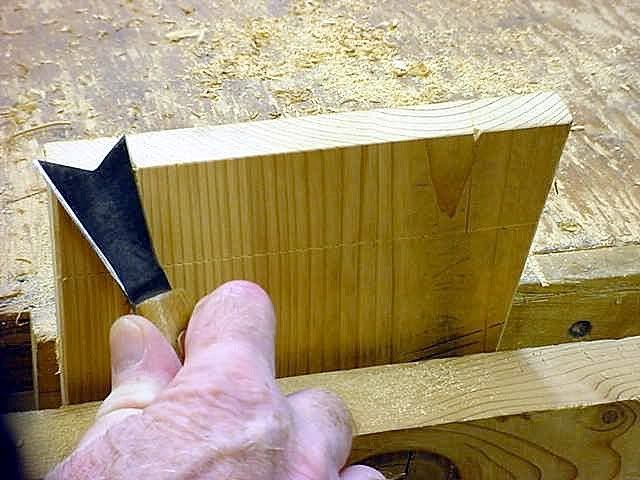I spend most of my time in General Woodwoorking. From time to time I stop in to see the work here in NH.
I just had the VERY hummbling experience with my first attempt at hand cutting. In short, I have created firewood with a Craftsman Dovetail Saw. ( Of course, it's probaly the finest fire wood on the planet)
Do you guys have any insite that could help me out. I've been looking at all the videos I can find. I know it takes practice, but what am I supposed to be wporking on first????
I guess I'm aksing, "What is the basic"????Thanks, Ken





 Reply With Quote
Reply With Quote
















 Jr.
Jr. 
